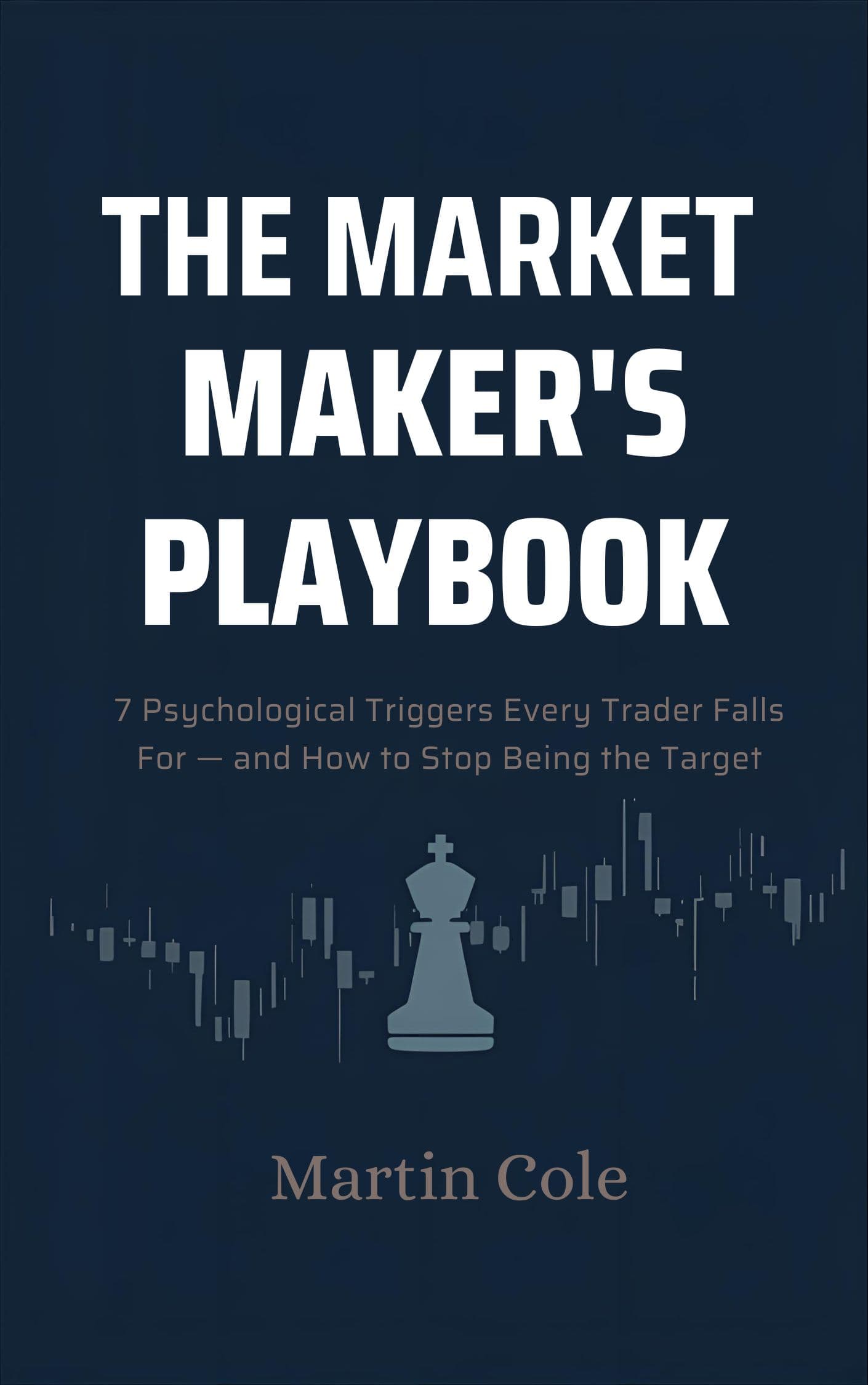Seeing Market Manipulation Without Conspiracy
7 min read • January 15, 2025
Retail traders love to blame "manipulation" when they get stopped out. But here's the reality: manipulation isn't a conspiracy—it's the Manipulation phase of the AMD cycle. Understanding the AMD framework eliminates conspiracy thinking and helps you trade with conviction, not paranoia. Trade the AMD cycle, not predictions.
How Markets Actually Work
Markets exist to facilitate exchange. For every buyer, there needs to be a seller. For large institutions to enter or exit positions, they need liquidity—lots of it.
Where does liquidity sit? At predictable levels:
- Just above resistance (buy-stop orders from breakout traders)
- Just below support (sell-stop orders from those trying to catch moves)
- At round numbers (psychological levels where retail clusters)
Market makers see this clustering. Their job is to push price just far enough to trigger those stops—creating the liquidity they need—then reverse in the real direction.
Not Conspiracy, The AMD Cycle
The Anatomy of a Stop Hunt
Let's walk through a classic stop hunt scenario:
- Price consolidates at support. Retail traders place sell-stops just below, expecting a breakdown.
- Market makers see the clustering. They know where the liquidity sits.
- Price spikes down through support. Retail stops trigger. Sellers panic. Volume spikes.
- Institutions buy into that selling. They accumulate at better prices while retail exits.
- Price reverses sharply back above support. The "breakdown" was fake. Retail is now out of the trade with a loss.
Why It Works
Retail traders position themselves at obvious levels with tight stops. They want to "be right" and exit quickly if they're wrong. That predictability is the vulnerability.
Institutions don't need to be right—they need liquidity. And retail stops provide it, reliably and predictably.
Common Manipulation Patterns
1. The False Breakout
Price breaks above resistance, triggers buy-stops, then reverses. Retail bought the breakout. Institutions sold into that buying. Classic liquidity grab.
2. The Liquidation Wick
A sharp spike through a key level, triggering stops, followed by immediate reversal. On a candlestick chart, this appears as a long wick. That wick is the manipulation zone.
3. The Head-Fake Reversal
After a strong trend, price shows signs of reversal. Retail enters counter-trend. Price spikes further in the reversal direction, stops out the new positions, then resumes the original trend.
How to Use This Knowledge
Once you recognize these patterns, they become opportunities, not traps:
1. Wait for the Spike, Then Enter
Don't enter at obvious levels. Wait for price to spike through, grab liquidity, and reverse. Then enter in the real direction.
2. Position Inside Buffers
Enter slightly away from key levels—in the "Buffer" zones where institutional players position. You avoid the Manipulation phase zone and enter where AMD structure actually sits.
3. Watch for Pressure Point Reversals
When price spikes through a level but immediately reverses with strength (a Pressure Point), that's your confirmation. The Manipulation phase happened. Now the Distribution phase begins.
The Market Makers' Advantage
Market makers have three structural advantages:
- They see order flow. They know where stops cluster.
- They have size. They can push price just far enough to trigger those stops.
- They profit from spread and imbalance. They don't need directional conviction—just liquidity.
You can't replicate that. But you can position yourself where they position—inside the AMD structure, not at the edges.
Final Thought
The next time you get stopped out by a "manipulated" spike, don't get angry. Get curious. Where was your stop? Was it at an obvious level? Did price reverse immediately after hitting it?
If yes, you just witnessed the Manipulation phase of the AMD cycle—and you can learn to trade with it instead of against it.
Continue your path

Free Download: The Market Maker's Playbook
Learn the 7 psychological triggers market makers use to trap retail traders—and how to stop being the target.
Free instant download. No spam, ever.